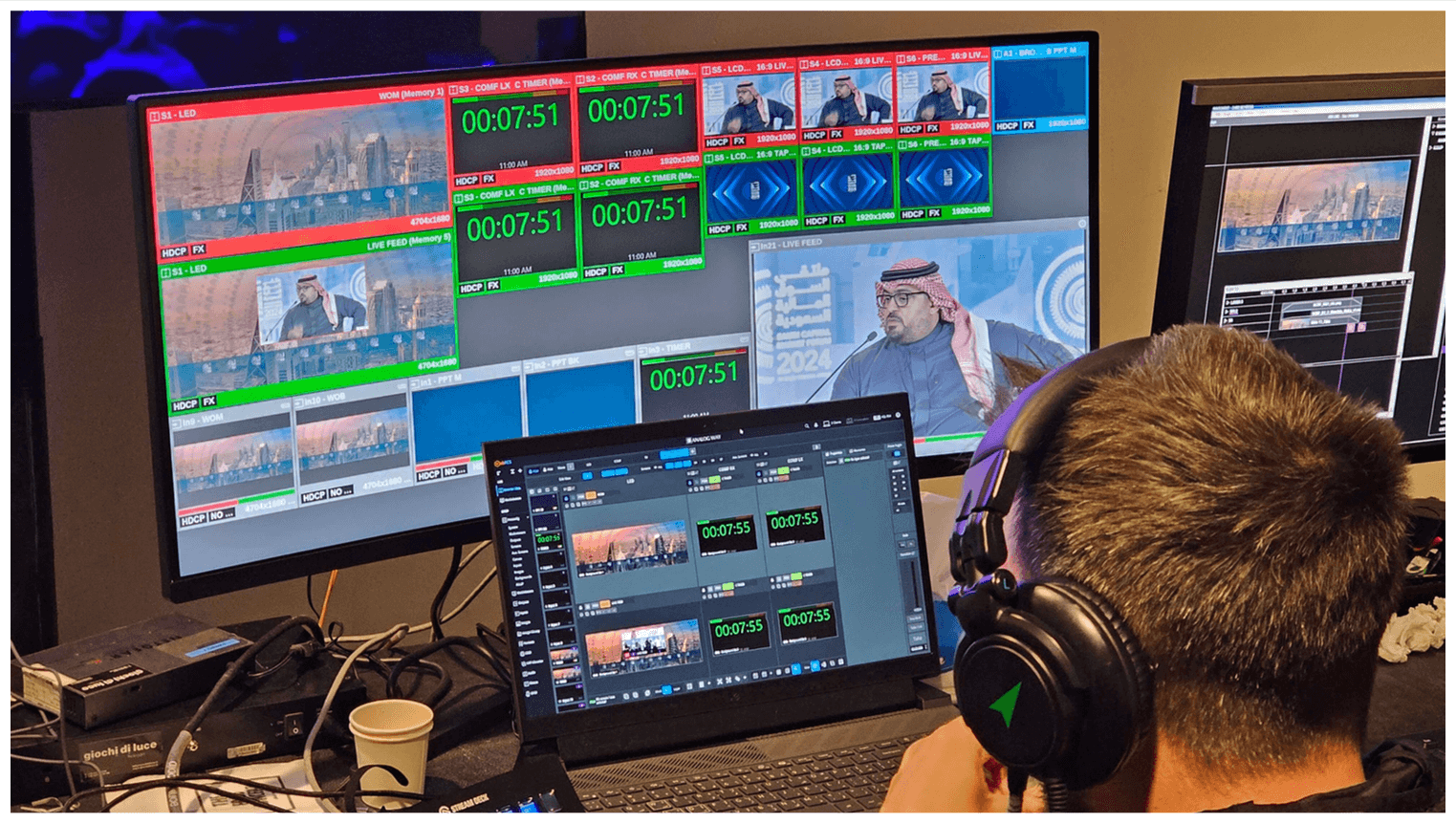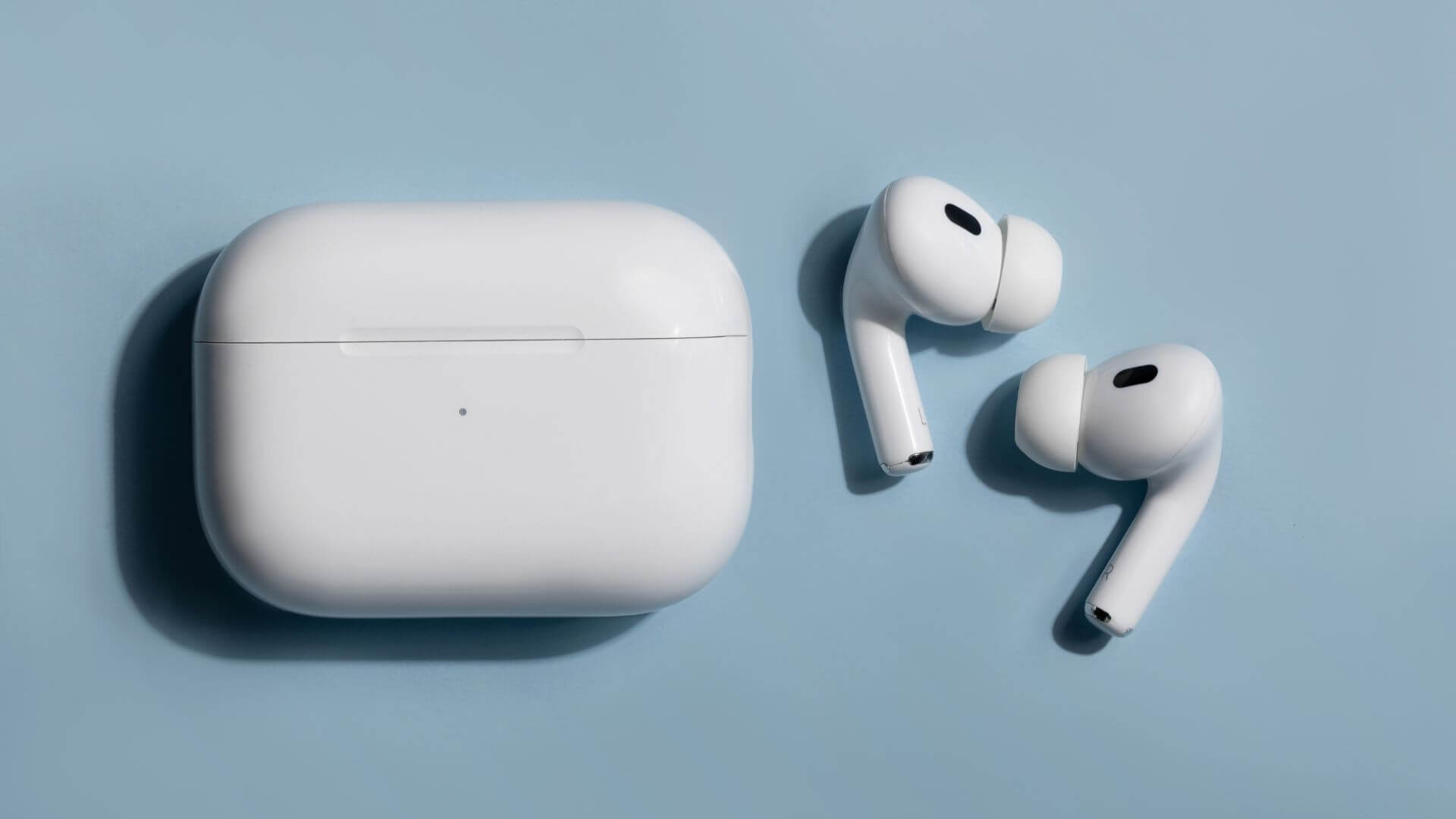Researched and written by Evan – ~5 min read

When you don’t need full-scale conference interpreting, but still want your event to speak every language.
You’re planning a small meeting, a team workshop, or maybe a training session with a multilingual audience. You have a tight budget. You know that language barriers can slow things down, make people disengage, or worse, prevent your message from landing in full. But do you really need an expensive interpreting booth, multiple receivers and headsets, and high-end AV gear? Not always.
Enter the smartphone-based multilingual setup. With an AI tool and a mobile app or a similar platform, you can turn one smartphone into a translation gateway and let attendees use their own devices to listen or read in their language. Here’s how it works, when it’s a smart choice and what to watch out for when quality really matters.
How it Works in Simple Terms
- A meeting host (or speaker) uses a smartphone (or one device) to create a session in the app or platform. This can be in-person, hybrid or fully remote.
- Speakers talk, and attendees can join via their own smartphone or tablet by scanning a QR code or clicking a link. They select their preferred language for audio and/or captions.
- For less‐critical languages or when budget is limited, the translation may be AI-driven only, capturing speech, translating and streaming audio/captions instantly.
- Everything happens on devices attendees already have, no extra receivers or big hardware sets. Minimal setup, less cost.
When This Setup Makes Sense
This solution is ideal when:
- You have a smaller audience and not much noise in the room (e.g., internal team, workshop, training)
- Your budget is modest and you’re OK with “good enough” interpreting quality (versus full booth + interpreters)
- You have relatively structured presentations (not heavy overlapping discussion)
- You trust attendees to use their own device and headphones
Using this setup means you gain:
- Cost savings: No large equipment rental or headsets required
- Speed: Setup is faster – one device & QR code, not dozens of receivers
- Flexibility: Attendees join via their own phone, wherever they are
- Accessibility: Languages covered instantly, with AI options for extra reach
Key Benefits for Your Event
Simplified logistics
One smartphone and an internet connection, that’s the essence. Less gear, fewer cables, less risk.
Participant convenience
Each attendee uses their own device. They pick their language, plug in headphones or read captions, no equipment hand‐outs needed.
Budget-friendly multilingual access
You don’t need a full interpretation team and booths for a smaller meeting, you get multilingual support with minimal overhead.
Better audience reach
Even though you’re saving costs, attendees get the feeling you invested in accessibility. That goes a long way for inclusion and engagement.
When to Avoid This Setup
As realistic as this solution is, it isn’t ideal in every situation. Avoid relying solely on smartphone-based translation when:
- You have critical language demands (e.g., legal negotiation, multi-party international summit)
- There are multiple speakers with overlapping discussions. AI may struggle to keep pace or pick up context
- Your network is unstable or the audio setup is complex (device mic → venue sound → translation chain)
- You need premium interpreting quality with tone, nuance, and subject-matter depth
In those cases, you’re better off with the full interpretive + equipment solution.
Where Langpros Fits In
At Langpros, we recognise that not every event needs the full “booth-and-headset” solution. That’s why we offer mobile-first translation setups alongside our premium interpreting service. Here’s how we support both ends of the spectrum:
- For budget-tight, small meetings: we provide the smartphone setup, QR codes, device links, AI translation or captions.
- For high-stakes multilingual events: we deploy full interpreting booths, headsets, push-to-talk mics, PTZ cameras and human interpreters.
- So you can choose what fits your budget and need, while always delivering multilingual communication under one roof.
Practical Tips to Get the Most Out of Mobile Translation Setup
- Ensure good audio feed to the smartphone: speaker mic must be clear, minimal background noise.
- Provide clear instructions to attendees: “Use your phone, scan the code, pick your language, plug in headphones.”
- Test the network: WiFi/4G should be reliable, mobile translation platforms often use minimal bandwidth (~10–20 kb/s) so works even on lighter networks.
- Set realistic expectations: Let attendees know “audio is AI-powered” or “device only” so they aren’t expecting booth-level quality.
- Have a backup plan: If one speaker moves off mic or network fails, fallback to a simpler language channel or ask attendees to switch to original audio.
Final Thoughts
If you’re organising a small meeting, internal session, or even a low-budget multilingual gathering, this smartphone-translation setup gives you real value: multilingual access, inclusion, minimal cost.
But if your event requires top-tier language clarity, nuanced interpretation, or is complex in format, then full interpreting + AV equipment remains the right investment.
At Langpros, we help you choose the right path for your event, full scale or mobile-quick, without compromising your audience’s experience. Ready to explore a mobile-first translation setup for your next meeting? We’d be happy to walk you through options that match your budget and goals. Contact us now!





